Description
Drilling grade Bentonite and applications
Bentonite is a clay mineral that is composed principally of three-layer clays, such as montmorillonite, and widely used in drilling mud to lubricate and cool the cutting tools (drill bit), to remove cuttings, to stabilize the borehole walls, and to help prevent blowouts (by maintaining a sufficient hydraulic pressure in the well). Bentonite also curtails drilling fluid invasion by its propensity for aiding in the formation of mud cake.
Much of bentonite’s usefulness in the drilling and geotechnical engineering industry comes from its unique rheological properties. Relatively small quantities of bentonite suspended in water form a viscous, shear-thinning material.
Primarily its exceptional properties are noteworthy: when stirred into water, as it demonstrates a so-called thixotropic reaction. It reacts as a fluid when mechanically stressed, i.e. shaken or stirred. However, it hardens in quiescent condition because its viscosity increases.
The most common use of bentonite is in drilling fluids. The bentonite in the flush fluid lubricates and cools the cutting tools whilst protecting against corrosion. As the drilling fluid generates hydrostatic pressure in the borehole, it hinders fluid and gas penetration.
Although these drilling fluids are also used for simple drilling such as wells, their true potential is only demonstrated for demanding tasks such as drilling for oil and natural gas sources and exploration on drilling platforms.
Bentonite is clay with particularly useful properties. It can absorb several times its weight in water. It is useful in drilling because water mixed with bentonite tends to coat the walls of the hole and prevent it from collapsing. Drillers call this coating a “filter cake.
When you are using only water as a drilling fluid and digging in the sand, as soon as you turn off the water, the walls of the hole start to collapse. When you add bentonite to water, two things happen:
- a) the water gets thicker, and b) the sand walls of the holes get slightly harder.
Both are very useful in mining. Thicker drilling fluids are more efficient at the opening. This results in a more efficient discharge of solids from the bottom of the well. When the hole sand walls harden, you don’t have to worry about them collapsing when we stop the drilling fluid flow. This allows us to add drill pipe sections and even install well screens without worrying about hole collapse.
The fine bentonite particles enter into the bore wall, swell and harden. Depending on the constitution of the ground structure, fine and coarse particles are needed.
The requirements of the bentonite particles are not unusual, but nonetheless critical. API 13A “Specification for Drilling Materials” precisely regulates the technical data for the bentonite in the drilling fluid.
Vorna International Trading Co, one of the leading manufacturer and suppliers of drilling grade bentonite in the Middle East supplies oil and gas industry worldwide.
Water-based drilling muds typically consist of bentonite (gel) clay and other additives such as barium sulfate (barite), calcium carbonate (chalk), or hematite. drying additives are used to reduce the viscosity of clay-based clays; Additional components are added to provide different functional characteristics as described above.
Some other common additives include lubricants, shale inhibitors, and fluid loss agents (used to control the loss of drilling fluids in permeable formations). Weighting agents such as Barite are added to increase the overall density of the drilling fluid so that sufficient bottom hole pressure can be maintained to prevent the unwanted (and often dangerous) outflow of formation fluids.
Analysis:
One composite sample of pile was sent to a third-party laboratory for analysis and following results are reported by the laboratory.
1)VOBDEPD
Drilling lump
Specification viscosity (API Standard)
Chemical analysis (XRD) of bentonite lump and powder

Drilling powder
Physical characteristics

2)VBN (Lump)
Laboratory Test Result
Date: 20.02.2023 Laboratory Temp: 20 °C Laboratory Humidity: 21 %
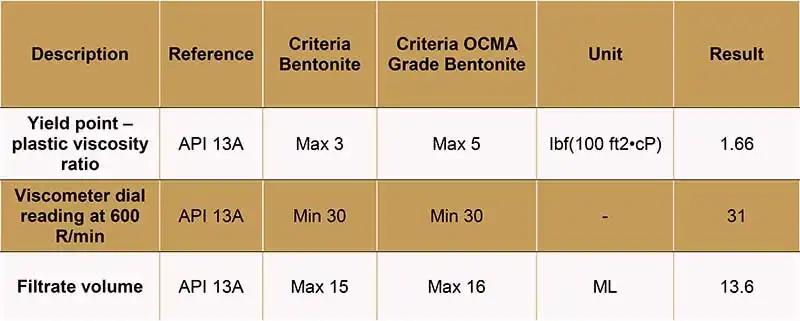
3)VDBA (Powder)
A. API 13 A SECTION – 11(OCMA)
Chemical Analysis

Physical Analysis(OCMA)
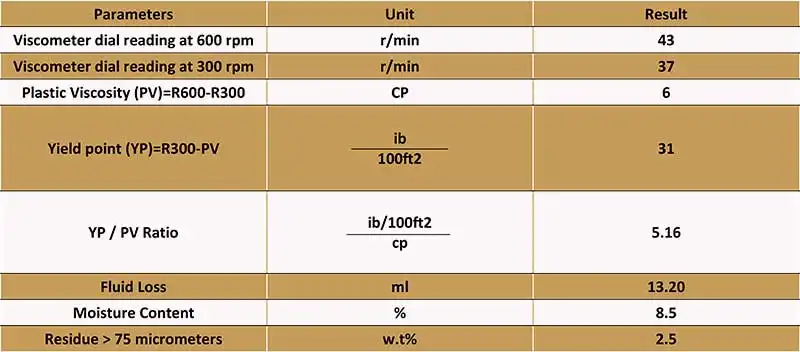
B. High Yield (Powder)
Chemical Analysis

Physical Analysis (High Yield)
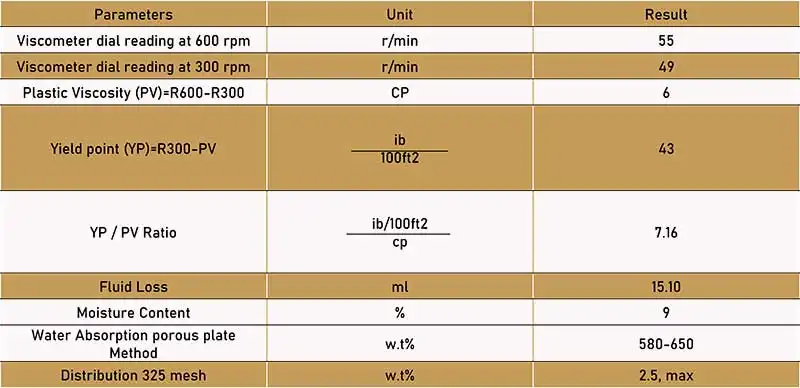
C. API (Powder)
Chemical Analysis

Physical Analysis
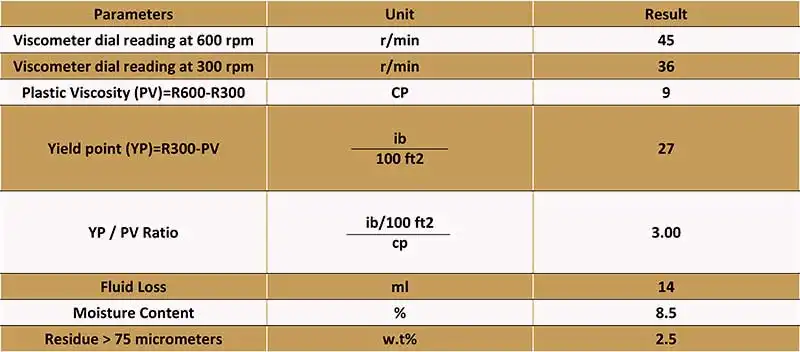
Determining the mental limit and the dough limit

4) VOBDG
Drilling grade (Lump)
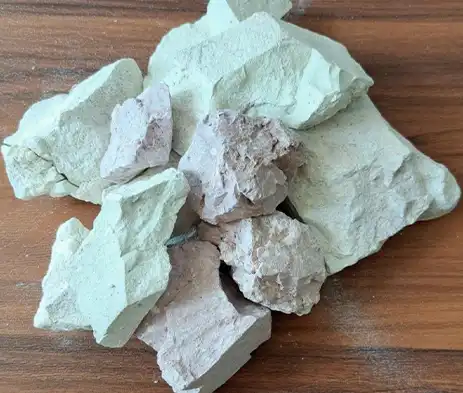
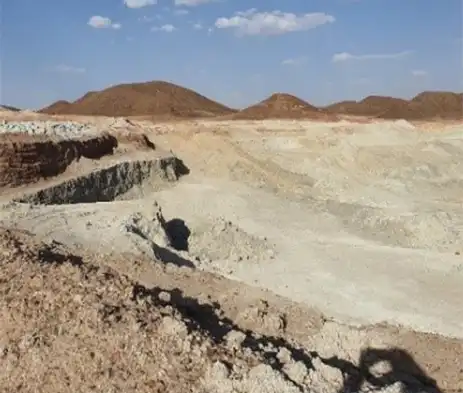
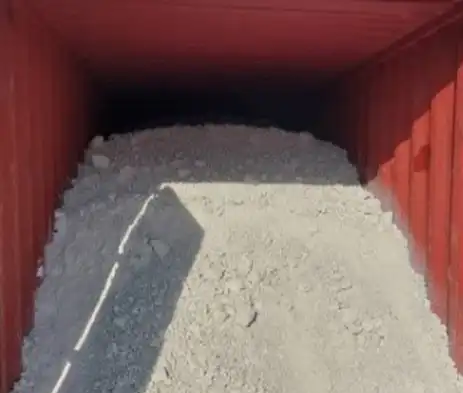
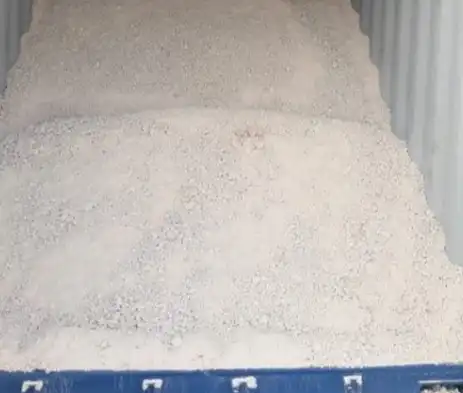
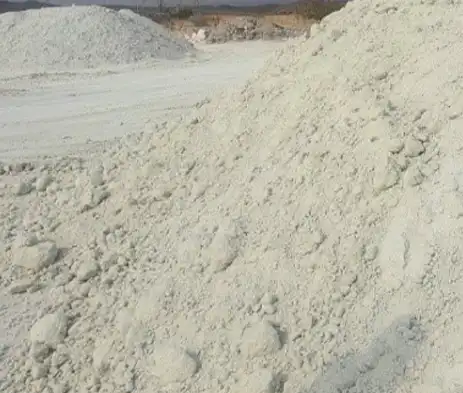
These findings are reported here in for convenience only and SGS has no liability for the subcontracted results which remain with the lab.
Transportation



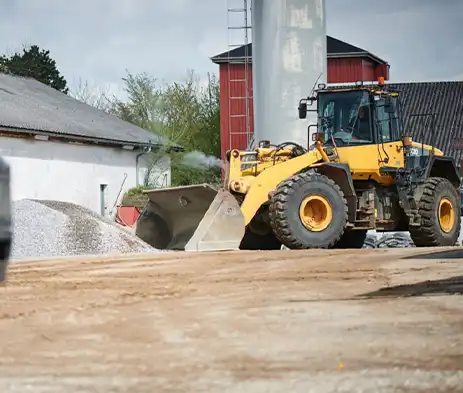


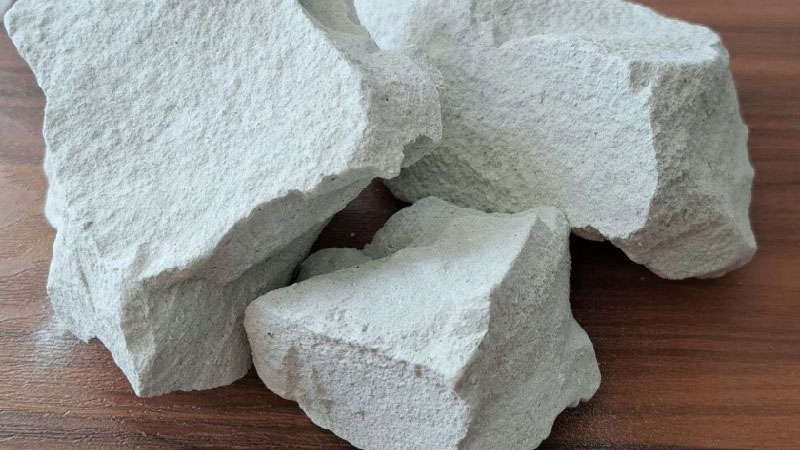

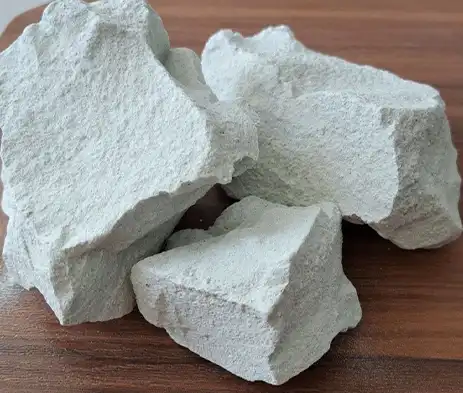
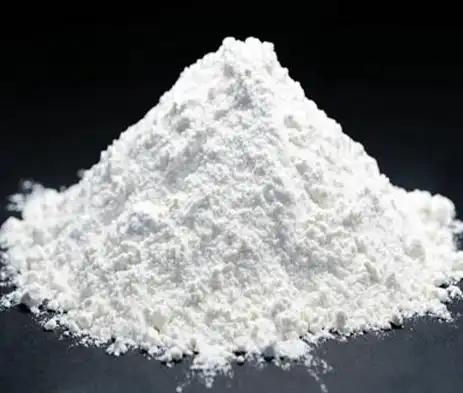
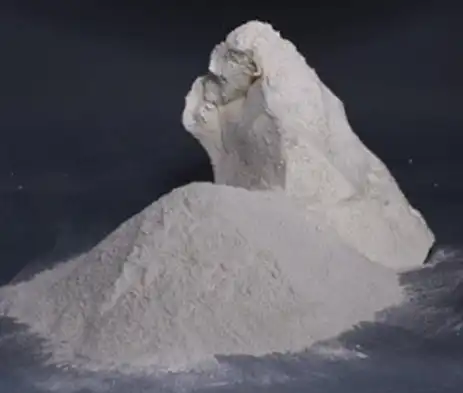
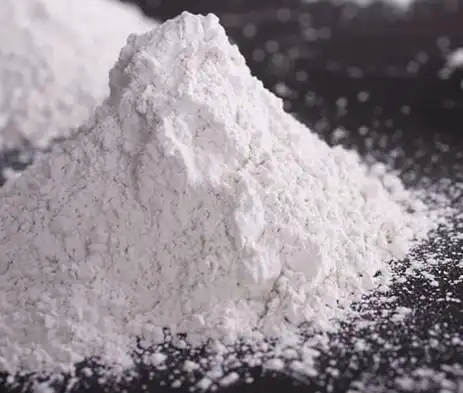
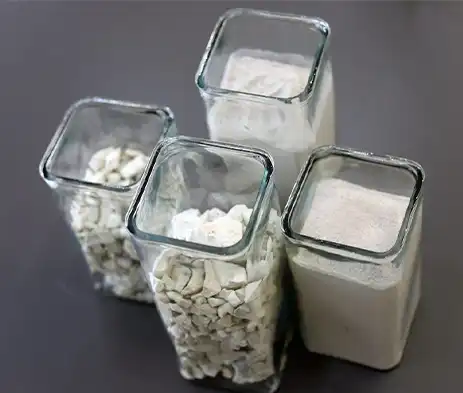
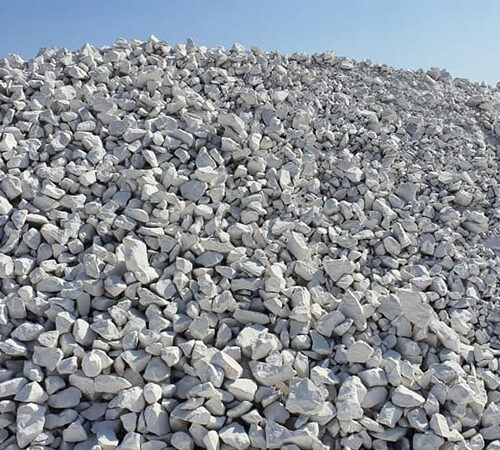
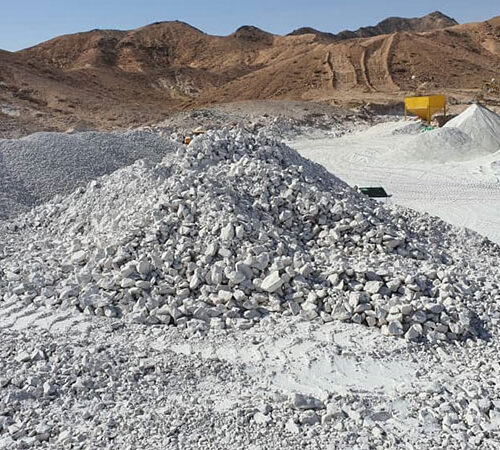
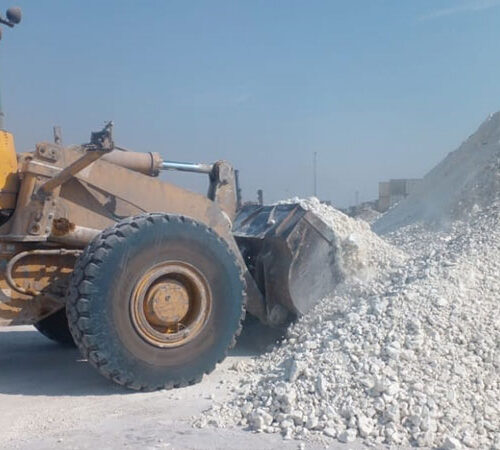
Reviews
There are no reviews yet.